If you want to make kayaking easier, you can do a few things. Ensure you have the right kayak for your body type and skill level. Practice in calm waters before heading out into rougher conditions. Invest in some quality paddling gear. And finally, don’t be afraid to ask for help from experienced kayakers when you need it.
Ready to make kayaking a breeze? Here’s what you need to know.
Key Takeaways
- Kayaking is a great way to enjoy the outdoors and get some exercise, but it can be difficult to get started.
- The best way to make kayaking easier is to start with a good kayak. A too-small or too-big kayak can be difficult to control.
- Another important factor in making kayaking easier is to dress for the conditions. Wearing proper clothing will help you stay dry and comfortable on the water.
- Finally, it is important to have the right equipment. Paddleboards, life jackets, and other gear can make your kayaking experience more enjoyable.
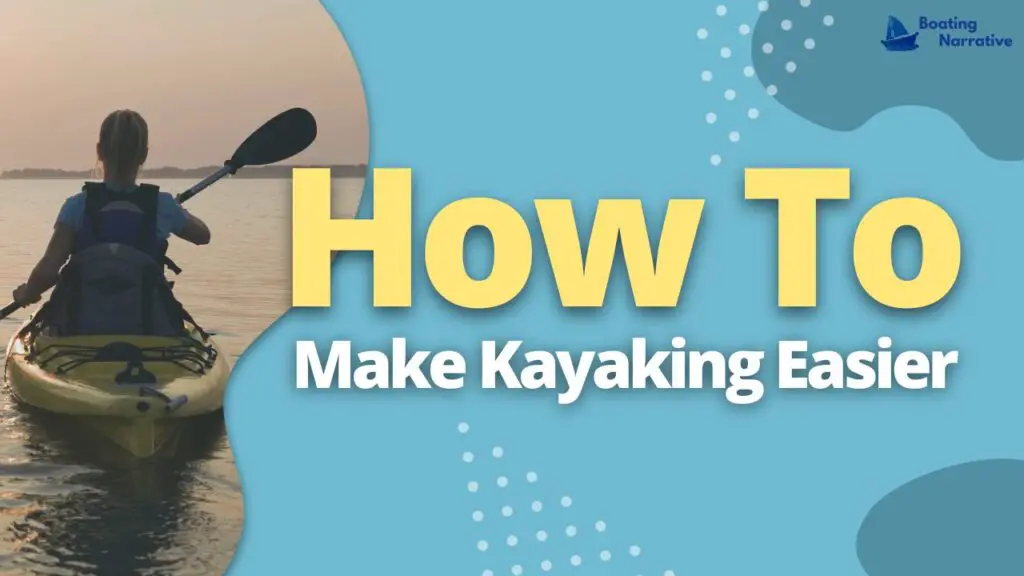
Here’s The Answer To How To Make Kayaking Easier
- Get the right gear: Kayaks come in different shapes and sizes, and you’ll need to choose one appropriate for your height and weight. You’ll also need a paddle that’s the right size for your kayak. In addition, you should wear a life jacket and dress for the weather conditions.
- Practice paddling: Before you go out on the water, practice paddling in a swimming pool or calm body of water. This will help you get used to paddling and strengthen your arm.
- Go with someone experienced: If possible, go kayaking with someone with experience. They can show you the ropes and help you if you run into trouble.
- Choose a calm body of water: When you’re first starting, it’s best to stick to calm waters like lakes or slow-moving rivers. Avoid whitewater or fast-moving currents until you gain more experience.
Paddle With The Right Technique
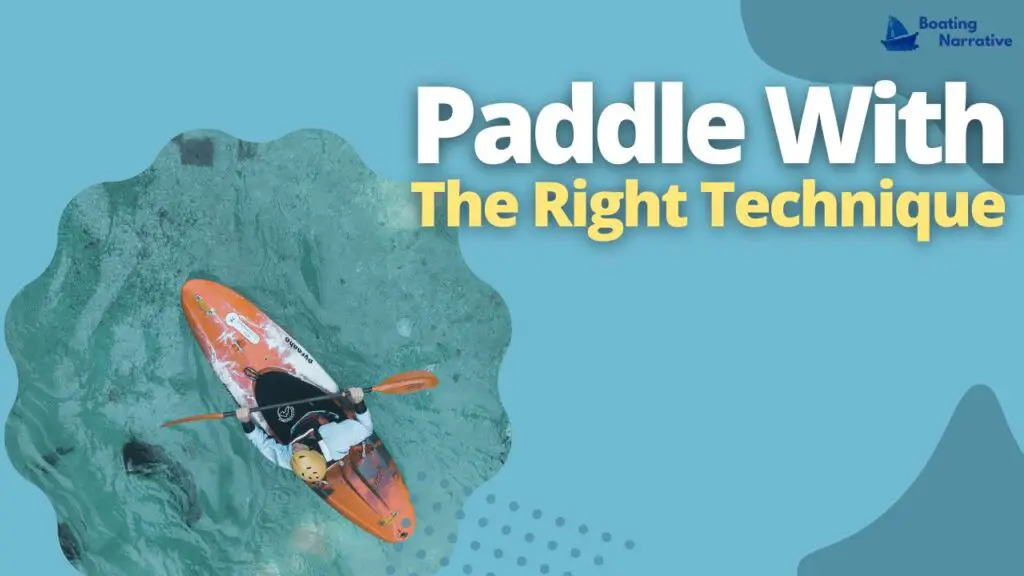
The key to a smooth, comfortable ride has the right technique. Paddling with proper technique can make all the difference regarding your kayak experience and how much fun you have on the water.
The best way to ensure the proper technique is by practicing in your yard or at a local pond before getting into an actual body of water.
Here are some general tips:
- Ensure you’re keeping your paddle parallel to the water at all times.
- Keep your arms close together, but not too close together—you’ll feel more balanced this way!
- Don’t use your legs as much as possible. Only use them if necessary (like when traversing large waves). Some people like using their knees instead of their feet; this works well if you don’t want any extra bulk underfoot while paddling but still want stability while standing up in your boat.
Get The Right Kayak
The size of the kayak should be your first priority when purchasing one. You want a kayak that you can easily handle and is not too big or small for your height and weight.
An adult should have no problem with most 12-foot kayaks, but if you’re shorter than 5’7″, then an 11’6″ would be more appropriate.
You also want to ensure that your new vessel is made from strong materials like fiberglass or polyethylene plastic (the same stuff used in inflatable boats).
This will keep it lightweight while still being durable enough to withstand rocky waters and hard weather conditions.
Use The Proper Equipment
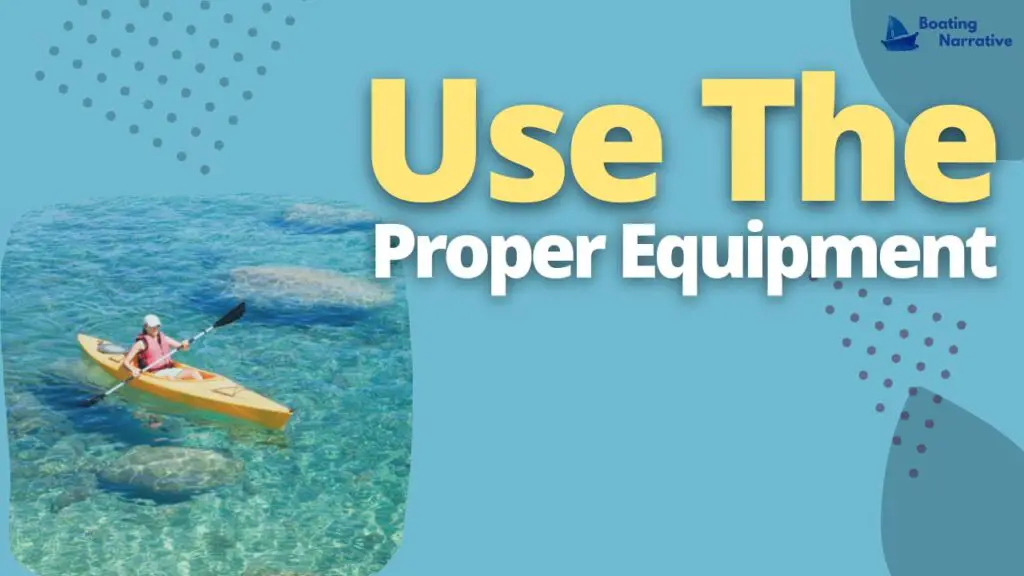
- Wear a life jacket. You’ll be safer, and you’ll feel more secure while kayaking.
- Wear sunscreen. The sun is intense on the water, and it’s not as easy to find shade or shelter as on land. To avoid skin damage and burns, ensure you’ve got sunblock with an SPF of 30 or higher in your dry bag (or wherever else you keep your stuff).
- Get sunglasses that cover your eyes completely–this is important because any UV exposure to your eyes can damage them over time.
- Wear a hat; there are lots of reasons for this one: sun protection, warmth, and keeping debris from building up in your hair are just some of them! Make sure that whatever you pick has an adjustable strap to keep it on tight even if winds pick up later in the day (or if it rains).
Don’t Forget To Practice
If you want to make kayaking easier, the first step is to practice. Without trying something out for yourself, you can’t expect to be an expert in it.
Here are some ways that you can get your practice in:
- Practice on flat water. This will allow you to get used to moving around in a kayak and help build up strength in your upper body. You can also work on balance and comfort by practicing with a partner or buddy system, where one person paddles while another walks alongside them, holding onto the side of their boat (this will also give both parties time to rest).
- Practice in shallow water or windy conditions so that there won’t be any surprises when it comes time for actual kayaking adventures! It’s important because these things happen on the open water, and learning how they affect movement will help prepare us mentally for what may happen once we’re out there cruising around.
Stay Safe While Kayaking
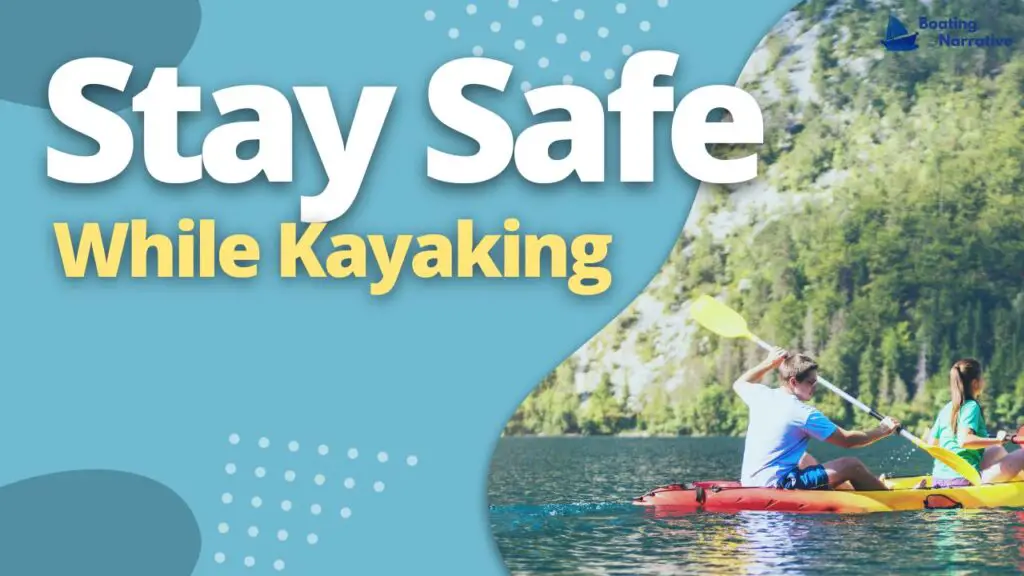
Before you get out on the water, it’s important to make sure you’re prepared for any eventuality. Always wear a life jacket, and ensure everyone in your group is wearing one.
Suppose you’re planning on going out alone or with another person. In that case, that’s fine—but if three or more people are joining you, consider hiring a guide or taking lessons from an experienced kayaker before venturing into unknown waters.
To avoid being caught off guard by unexpectedly bad weather, try to travel on clear days when visibility is good.
How Can You Make Your Kayak More Stable?
- You can make your boat more stable by choosing a kayak with a wider base, which provides more stability. A wider cockpit will also help you stay on board and control the vessel.
- Choosing a kayak with a higher center of gravity will make it easier to keep your balance and not tip over when you’re paddling or traveling at high speeds through water where there are waves or choppy conditions.
- If you want something easy to get up on, choose one with more freeboard—that’s just industry jargon for height between the top of the waterline and your feet while sitting down in the cockpit (this is also known as waterline).
What Are Some Ways To Make Paddling Easier?
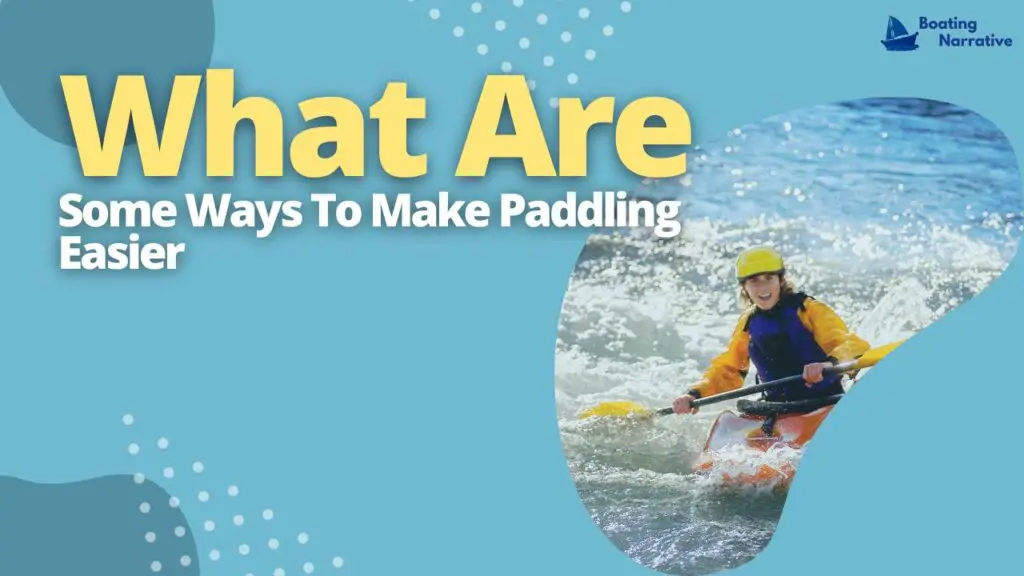
Use a paddle float. This large and buoyant piece of foam attaches to your boat, allowing you to quickly find it if you drop it in the water. It’s also useful for helping others who are in trouble.
Use a paddle leash. A leash will keep your paddle from getting lost if you drop it in the water, but it can also cause some problems if they aren’t used correctly or doesn’t fit properly on your boat or paddles (they have been known to break). If this happens, contact an expert like DIY Kayak Shop for help with repairs!
What Are Some Things To Avoid While Kayaking?
- Don’t go over your head. If you’re not a strong swimmer, don’t kayak in water deeper than your height.
- Don’t drink alcohol before kayaking. Your judgment is already compromised because being in a body of water can be disorienting, so there’s no reason to add another variable into the mix!
- Don’t paddle alone. This goes back to safety reasons; if something happens and you’re alone, there will be no one around to help or call for help until someone else comes along who may not be able to get to you in time. So stick with at least one other person when out on the water—preferably more than two people for added safety measures.
- Don’t paddle during bad weather conditions! While this seems like an obvious rule of thumb (it probably should be), many people still disregard this recommendation despite all evidence suggesting otherwise—don’t do it yourself. While out on the lake or river, if a storm looks imminent, get back home right away before things worsen and become much more dangerous than they need to be.
Final Thoughts
As someone who’s just getting into kayaking, there are a few things you can do to make the experience easier. Make sure you have the right gear.
A good kayak and paddle will go a long way in making your time on the water more enjoyable. Find a good place to paddle.
Look for calm waters and avoid areas with strong currents or high winds. Before heading out on a longer trip, take some time to practice paddling and get comfortable with your kayak.
And finally, be prepared for the unexpected. Bring extra food and water, dress for the weather, and always tell someone where you’re going and when you’ll be back.
If you’re interested in learning more about kayaking, check out our other articles or ask questions on our social media channels.
